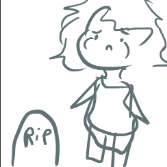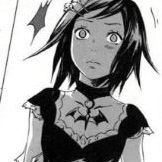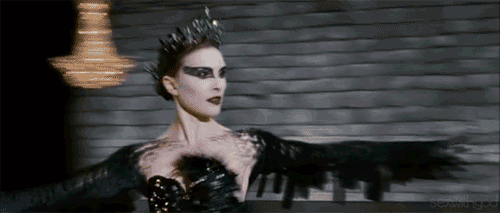-
Popular Topics
-
Topics
-
Recent Status Updates
-
Options
Options
-
What nation or group would be good enough for diplomacy roleplay? I know most of this stuff is pre-planned OOC, but I wanted to do some politician type stuff IN CHARACTER, even if it's not as important. I'm not a fan of military things, though!!
For context, I have a character who prefers speeches than outright being violent and I'm struggling to find anything worthwhile with him!
-
Today I learned that Old Gregg from The Mighty Boosh is one of the hosts for the Great British Baking Show. Childhood memory unlocked 🔓
No Recent Status Updates -
Options













Recommended Posts
Join the conversation
You can post now and register later. If you have an account, sign in now to post with your account.